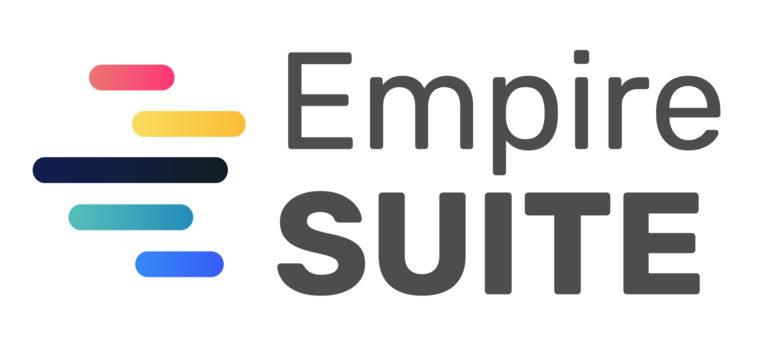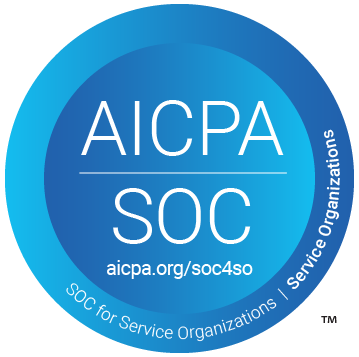Making Your Tools Work Together
Resource managers rely on a suite of software tools to keep projects on track, teams productive, and data flowing smoothly. But as organizations adopt more applications—from project management and time tracking to ERP and accounting systems—the challenge of keeping these tools working together becomes increasingly important. Because seamless integration is the key to unlocking the full potential of your resource management strategy.
The Importance of Integration
When your tools work together, you gain a unified view of your operations. Data flows automatically between systems, eliminating the need for manual entry and reducing the risk of errors. Resource managers can see real-time updates on project timelines, team availability, and financials—all from a single dashboard. This interconnectedness is essential for making informed decisions and responding quickly to changing demands.

Common Integration Challenges
Despite the clear benefits, integrating resource management software with other business systems is not always straightforward. Here are some of the most common challenges organizations face:
- Data Compatibility Issues: Different systems use different data formats, structures, and naming conventions. Migrating or sharing data between them can be complex and error-prone, especially when dealing with legacy systems.
- Customization and Configuration Complexity: Highly customizable tools can be tailored to meet specific business needs, but this flexibility can also introduce complexity. Over-customization can make integration and future updates difficult.
- Integration Costs: Implementing and maintaining integrations can be expensive, requiring investment in software, infrastructure, and sometimes specialized expertise.
- Change Management and User Adoption: Employees may resist new workflows or struggle to adapt to integrated systems, especially if training and support are lacking.
- Maintenance and Scalability: Integrations require ongoing maintenance to keep up with software updates and organizational growth. Poorly maintained integrations can break, leading to data silos and inefficiencies.
Overcoming Integration Challenges
To make your tools work together effectively, consider these best practices:
- Set Clear Goals and Objectives: Define what you want to achieve with integration, such as reducing manual data entry or improving real-time reporting.
- Prioritize Data Quality: Ensure your data is clean, consistent, and standardized across systems to minimize compatibility issues.
- Invest in Training and Change Management: Help your team understand the benefits of integration and provide the support they need to adapt.
- Work with Integration Experts: Partner with vendors or consultants who specialize in software integration to navigate technical challenges and ensure long-term success.
- Plan for Scalability: Choose solutions that can grow with your organization and adapt to changing needs.
The Trend: Integration as a Competitive Advantage
As businesses continue to adopt more digital tools, the ability to integrate them seamlessly is becoming a competitive differentiator. Organizations that master integration enjoy greater efficiency, better visibility, and faster decision-making—all critical for staying ahead in today’s resource-driven world.
Conclusion
Integration challenges are real, but they are also solvable. By addressing data compatibility, customization, cost, user adoption, and maintenance, resource managers can create a cohesive digital ecosystem that drives productivity and growth. In an era where agility and data-driven decision-making are paramount, making your tools work together is not just a technical issue—it’s a strategic imperative.


